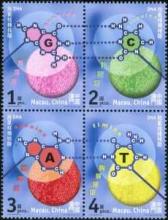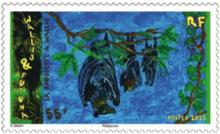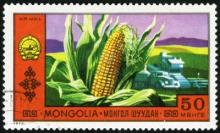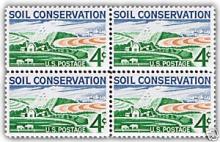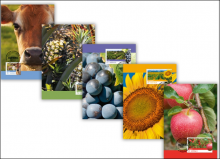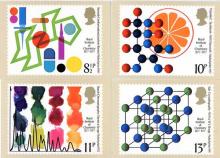
Assessment of whether pesticide exposure is associated with neurodevelopmental outcomes in children can best be addressed with a systematic review of both the human and animal peer-reviewed literature. This review analyzed epidemiologic studies testing the hypothesis that exposure to pesticides during pregnancy and/or early childhood is associated with neurodevelopmental outcomes in children. Studies that directly queried pesticide exposure (e.g., via questionnaire or interview) or measured pesticide or metabolite levels in biological specimens from study participants (e.g., blood, urine, etc.) or their immediate environment (e.g., personal air monitoring, home dust samples, etc.) were eligible for inclusion. Consistency, strength of association, and dose response were key elements of the framework utilized for evaluating epidemiologic studies. As a whole, the epidemiologic studies did not strongly implicate any particular pesticide as being causally related to adverse neurodevelopmental outcomes in infants and children. A few associations were unique for a health outcome and specific pesticide, and alternative hypotheses could not be ruled out. Our survey of the in vivo peer-reviewed published mammalian literature focused on effects of the specific active ingredient of pesticides on functional neurodevelopmental endpoints (i.e., behavior, neuropharmacology and neuropathology). In most cases, effects were noted at dose levels within the same order of magnitude or higher compared to the point of departure used for chronic risk assessments in the United States. Thus, although the published animal studies may have characterized potential neurodevelopmental outcomes using endpoints not required by guideline studies, the effects were generally observed at or above effect levels measured in repeated-dose toxicology studies submitted to the U.S. Environmental Protection Agency (EPA). Suggestions for improved exposure assessment in epidemiology studies and more effective and tiered approaches in animal testing are discussed.


